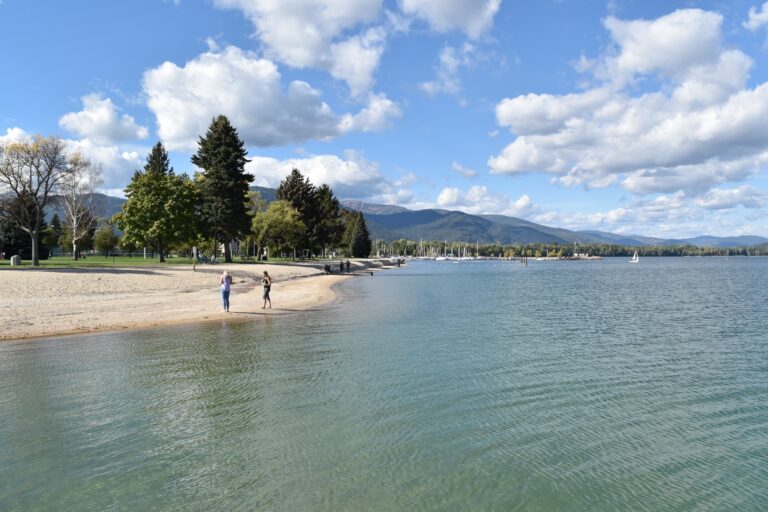I rolled into the foyer of an outfitter that had inundated Facebook with advertisements about a $5 Avalanche Awareness event. The atmosphere was that of distant relatives conversing at an annual reunion rather than the cinematic and sonic overload and the packed-in crowds at the mountain film festivals.
The event facilitator started by showing slides of different kinds of winter recreationists — snowshoers, snowmobilers, alpinists, backcountry skiers — along with statistics about avalanche fatalities by activity. According to the U.S. Avalanche Accident Report, of the 30 fatalities in 2015-2016, approximately one third were snowmobilers and one third were skiers. The remaining third comprised snowboarders, climbers, snowshoers, and snowbikers. The report states that “90 percent of avalanche victims die in slides triggered by themselves or other members of their group.” In other words, what we may be prone to call acts of god are usually preventable incidents caused by humans, and the best way to not die from an avalanche is to not cause one. The descriptions of death by asphyxiation and trauma in the videos that followed made my heart beat faster. We watched an expert heli-skier bomb a rad line and get swept into an avalanche. The athlete was lucky, skidding on the surface of the snow and only suffering minor trauma. The event facilitator described the difference between loose snow avalanches, which originate at a single point and gather snow, and slab avalanches, which occur when a cohesive layer of snow slides down a slope. Signs of unstable snow include recent avalanches, whumpfing and cracking, and breaking through a heavy surface into light snow.
The leader in avalanche awareness trainings in the United States is the American Institute for Avalanche Research and Education (AIARE). AIARE exists to train avalanche educators and provide high-quality education about avalanches. The AIARE 1 course is a three-day, 24-hour introduction to avalanche hazard management. It covers planning, preparing for travel, recognizing avalanche terrain, and practicing companion rescue. At the end of the course, students should be equipped to make good decisions in avalanche terrain. Although advanced training is available, AIARE is designed for backcountry recreationists, and will equip most mountain enthusiasts with the most crucial information for making good decisions in the hills.
Avoiding death by avalanche is a cocktail of basic snow science, the psychology of group dynamics, and a dash of good fortune. Given the large number of human-triggered avalanches, these three preventative measures can be lifesaving: Avoid traveling in the backcountry when avalanche risk is moderate or high; confirm that you and your partners know how to assess avalanche risk before heading into the backcountry; and speak with companions before excursions about their expectations. A frank conversation ahead of time can help parties avoid complacency and the potentially dangerous outcomes of groupthink. //
Summer Hess wrote about the ecology of the home in December.













